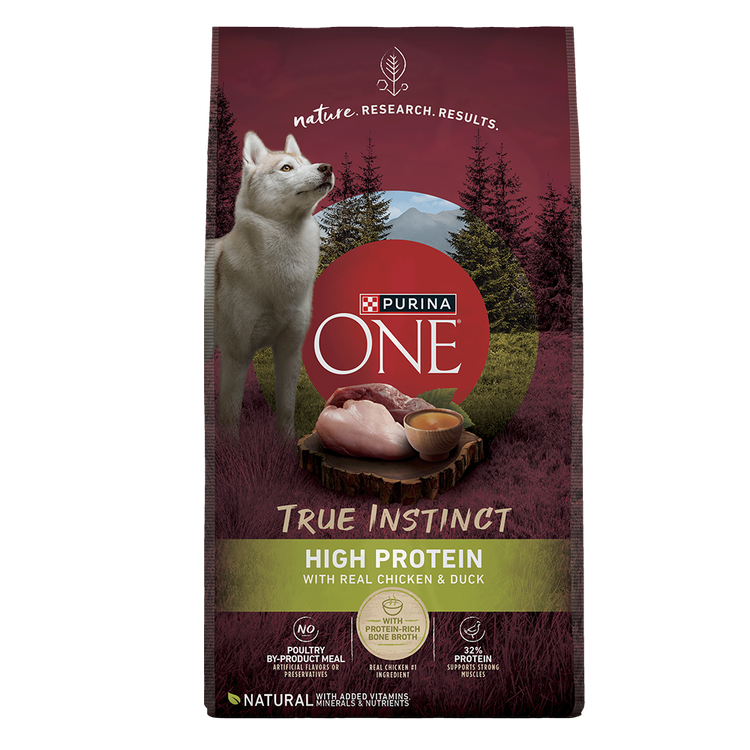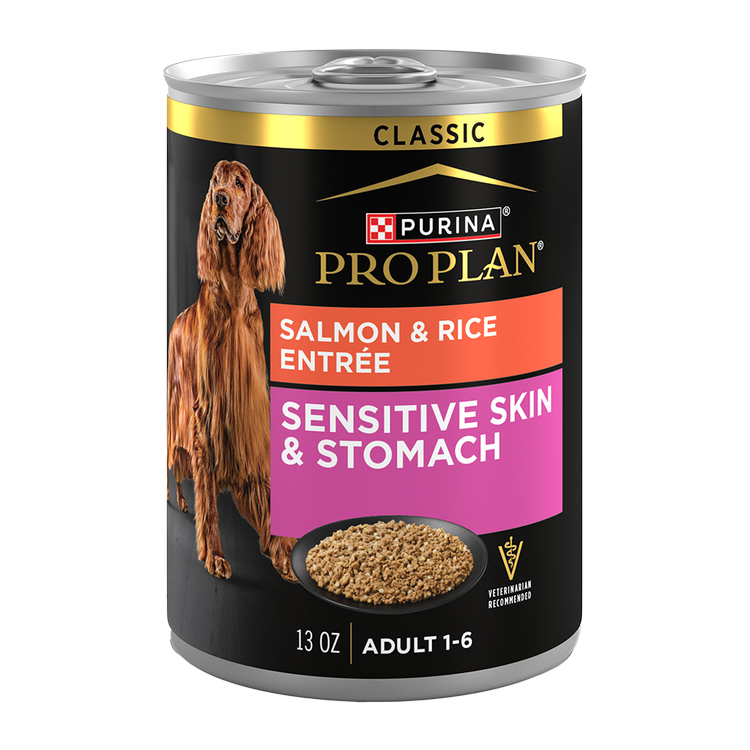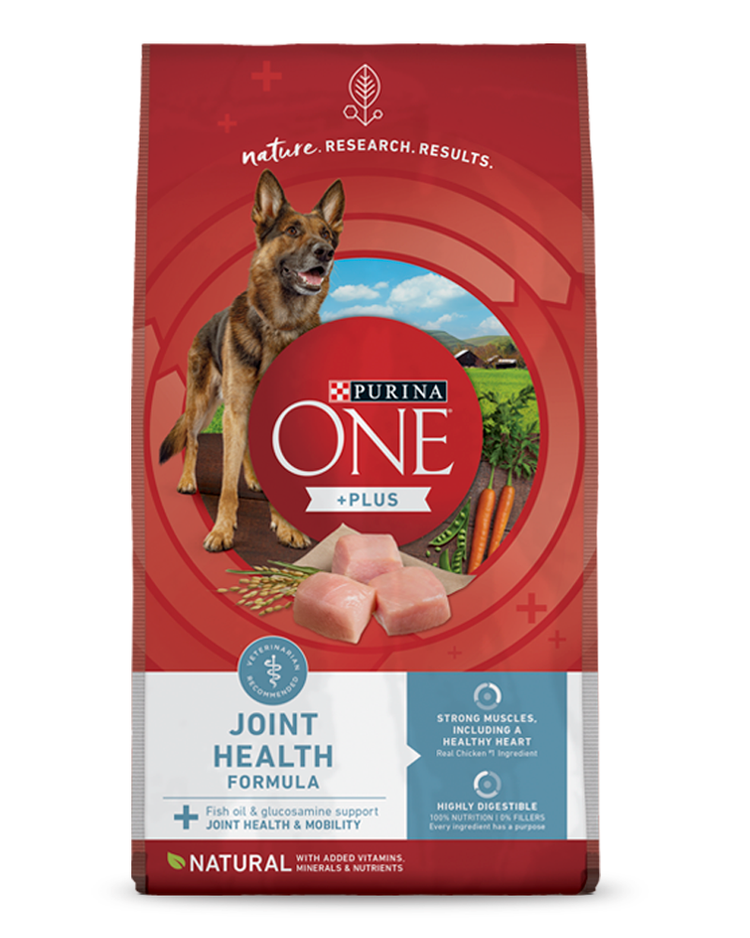Pug

- Size:Small
- Height:10 to 13 inches
- Weight:14 to 18 pounds
- Coat:Short
- Energy:Low
- Activities:Agility, Obedience, Rally Obedience
The small but solid Pug is adored for his playful personality. These cute little dogs are one of the oldest breeds, and they love to love—and be loved in return.
Temperament
The Pug is charming, mischievous and loving.
Characteristics
The Pug’s motto is the Latin phrase “multum in parvo,” which translates to “a lot in a little”, perfectly describing this small breed. Pugs are a family favorite due to their even tempers, playful personalities and outgoing, loving disposition.
Pugs are also known for their charming and mischievous behavior. Their personality, along with being sturdy and adaptable, makes them an ideal dog for families with children.
Pugs are happy living in the city or country, aren’t picky with people and get along fine as a single pet or part of a pack. They prefer snuggling on the sofa, which, combined with their love of food, can be a recipe for obesity. Pugs are playful and lively, enjoying daily walks or moderate exercise to combat weight gain, though the breed is not tolerant of hot weather.
Pugs love to please their people and are generally easy to train, but they are a sensitive breed, so owners should choose their training tactics wisely.
Lifespan
13 to 15 years
Colors
Pugs are a fawn color with a black face and ears (called a mask).
Shedding
Although the Pug does shed, their short, smooth coat requires minimal maintenance. Weekly brushing will remove loose hair and keep their coat looking its best.
Health
The Pug's adorable eyes are also one of his problem areas, as he may experience corneal ulcers and dry eye. Like many other flat-faced breeds, Pugs also experience breathing problems – especially in heat and humidity.
Best Dog Food For Pugs
Since Pugs are small, choose a small breed dog food formulated for their size and unique needs to maintain their ideal body condition.
These foods include:
- Bella Natural Bites
- Purina Pro Plan Specialized Small Breed
- Purina Pro Plan Essentials
- Purina Pro Plan Specialized Toy Breed
- Purina Pro Plan Specialized Small Bites
- Purina Dog Chow Little Bites for Small Dogs
Best Dog Food For Pug Puppies
When selecting a food for your Pug puppy, choose a formula with DHA to nourish brain and vision development and antioxidants to support their developing immune system. This will help them thrive during their first year of life.
The following foods meet the needs of a growing puppy:
- Beneful Healthy Puppy
- Purina Puppy Chow
- Purina One SmartBlend Healthy Puppy
- Purina Pro Plan Specialized Small Breed Puppy
- Purina Pro Plan Specialized Toy Breed Puppy
History
The Pug is an ancient breed, tracing back some 2,000 years when the emperors of China developed these refined pets. Like many Far-Eastern breeds, Pugs were a treasure outsiders only acquired as a gift.
The breed spread in the 1500s when Dutch traders returned to Europe with the little dogs in tow. The Pug became the mascot of Holland’s royal House of Orange after one saved the life of the prince by barking to warn him of an attack, according to legend. After William and Mary of Orange arrived in England, their Pugs began the breed craze that swept Britain.
Facts
- Napoleon’s wife, Josephine, used her Pug, “Fortune”, to carry secret messages under his collar to her husband while she was imprisoned at Les Carmes.
- Buddhist monasteries in Tibet kept Pugs as pets.
- The Pug is of Chinese origin, with some basic similarities to the Pekingese.
- After a Pug saved the life of the crown prince, the breed became the official dog of the House of Orange in Holland. The dog appears in the effigy of the monarch over William’s tomb.
- Pugs go by many different names: Lo-sze (China), Mopsi (Finland) and Doguillo (Spain).
- In Holland, the Pug is called “mopshond” which means “to grumble” in Dutch.
- There are many theories about the origin of the name “Pug.” One story says it’s because of the dog’s facial expression, which is similar to that of the marmoset monkey. Another theory suggests the Pug name is based on the Latin word “pugnus”, which means “fist”, because the dog’s face resembles a clenched fist.


